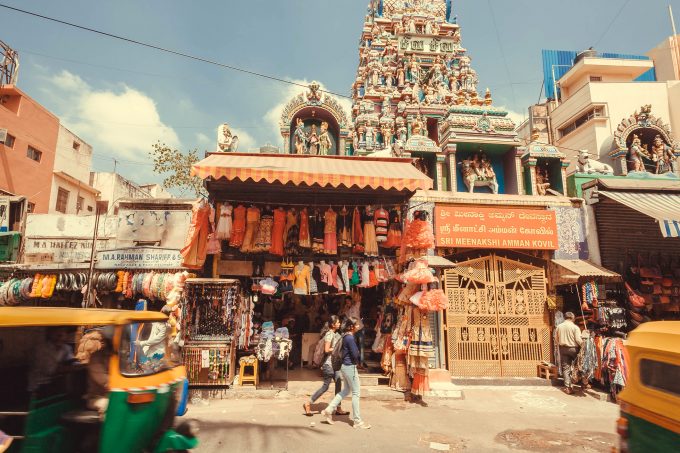Tax waiver extension a welcome boost for Indian garment exporters
Indian apparel and ready-made garment (RMG) exporters trying to weather the dual headwinds of depressed ...
TFII: SOLID AS USUALMAERSK: WEAKENINGF: FALLING OFF A CLIFFAAPL: 'BOTTLENECK IN MAINLAND CHINA'AAPL: CHINA TRENDSDHL: GROWTH CAPEXR: ANOTHER SOLID DELIVERYMFT: HERE COMES THE FALLDSV: LOOK AT SCHENKER PERFORMANCEUPS: A WAVE OF DOWNGRADES DSV: BARGAIN BINKNX: EARNINGS OUTODFL: RISING AND FALLING AND THEN RISING
TFII: SOLID AS USUALMAERSK: WEAKENINGF: FALLING OFF A CLIFFAAPL: 'BOTTLENECK IN MAINLAND CHINA'AAPL: CHINA TRENDSDHL: GROWTH CAPEXR: ANOTHER SOLID DELIVERYMFT: HERE COMES THE FALLDSV: LOOK AT SCHENKER PERFORMANCEUPS: A WAVE OF DOWNGRADES DSV: BARGAIN BINKNX: EARNINGS OUTODFL: RISING AND FALLING AND THEN RISING

The government of India has approved the development of seven large textile parks across the country to transform the emerging Asian economy into a global hub for textile manufacturing and exports.
The planned projects, part of what New Delhi called the PM Mitra scheme, will be located in seven states: Virudhunagar, in Tamil Nadu; Warangal, in Telangana; Kalaburagi, in Karnataka; Amravati, in Maharashtra; Navsari, in Gujarat; Dhar, in Madhya Pradesh; and Lucknow, in Uttar Pradesh.
“State governments will provide contiguous and encumbrance-free land parcels of at least 1,000 acres, and will also facilitate provision of all utilities,” said the union ministry of textiles.
“The parks will offer an excellent infrastructure, plug and play facilities as well as training and research facilities for the industry,” it added.
Naren Goenka, chairman of the Apparel Export Promotion Council, said the new, modern textile parks would be a “one-stop solution” to cover spinning, weaving, dyeing, printing and stitching activities.
“This [integrated infrastructure] will drastically reduce logistics costs and make the apparel sector globally competitive in a true sense by integrating the value chain, creating economies of scale and making Indian garment exports environmental, social and governance-compliant,” he told The Loadstar.
“These mega-textiles parks will create global champions by enhancing apparel exports exponentially and creating massive employment opportunities, to the tune of two million.”
A Sakthivel, president of the Federation of Indian Export Organisations, added: “The modern industrial infrastructure will significantly reduce logistics costs and improve competitiveness of our textile exports with access to state-of-the-art technology. India has a distinct advantage in the textile sector with abundance of natural fibres, skilled manpower and competitive wages.”
The government said it would spend some $550m to develop the textile parks, with local state authorities asked to provide other basic infrastructure requirements, including adequate land and power supply, in addition to “conducive, pro-industry policy frameworks” to encourage investment flows.
Government officials believe creating superior production infrastructure will help drive significant foreign direct investment, estimated at some $8.5bn.
According to industry sources, the production capacity of each site is being evaluated.
India had been somewhat slow to capitalise on the sourcing shift from China towards South-east Asia, an opportunity quickly seized by Vietnam and Bangladesh to grow alternative apparel markets.
Still, Indian ready-made garment (RMG) exports have seen respectable traction in recent months, as trade diversification within Asia gathered steam because of geopolitical reasons. According to the latest industry data, the value of Indian RMG exports in the first 11 months of fiscal 2022-23 (April to February) grew 3.5% to some $15bn.
With increased investment and policy reforms, New Delhi is looking to boost apparel exports to $100bn by 2030, a push that could become a powerful tailwind for India-US trade ocean carriers, which have significantly expanded capacity and service networks in recent months.
Comment on this article